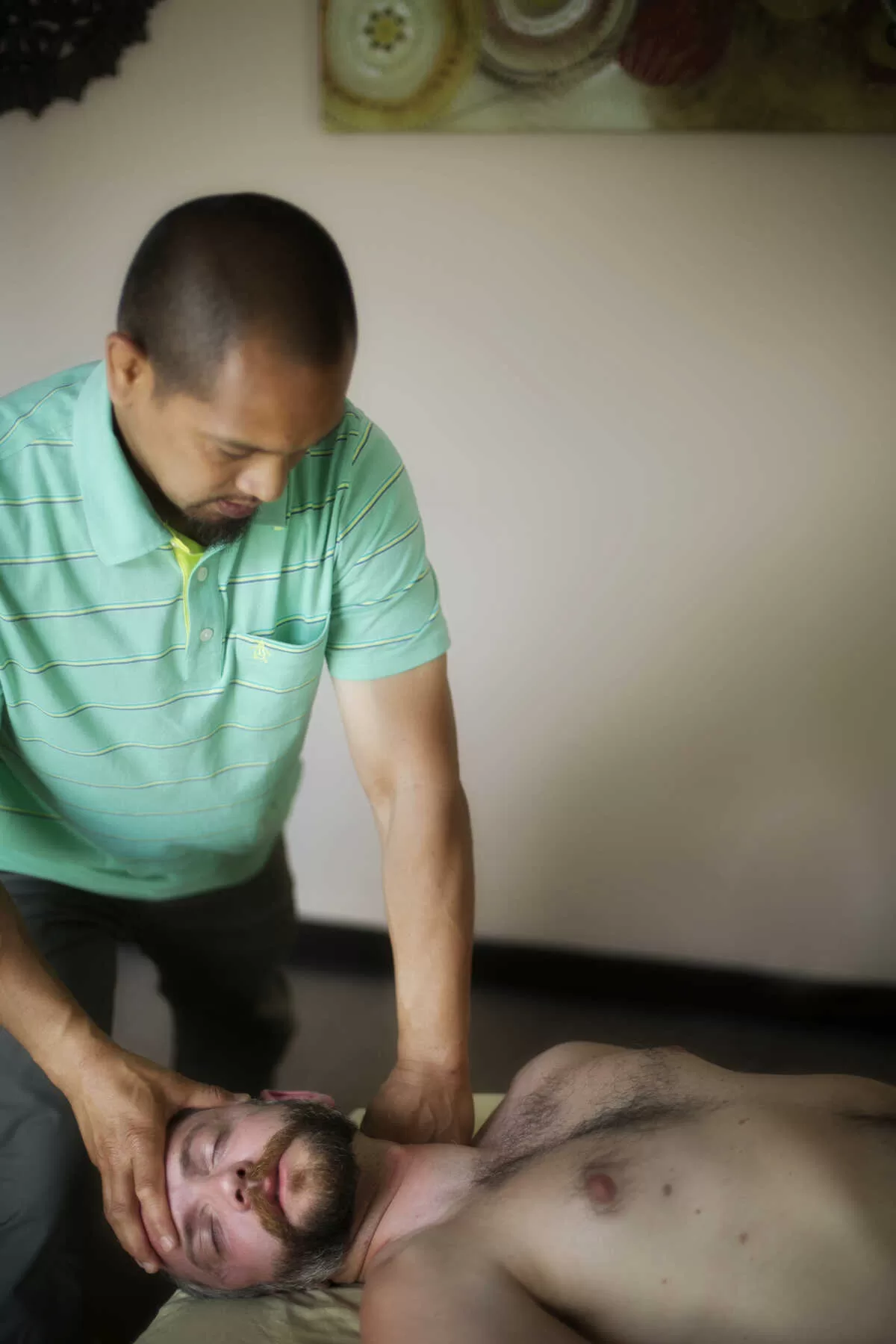If you’re like most people, you probably haven’t heard of the Active Release Technique (ART) until now. And that’s okay! Active Release Technique (ART) is a relatively new form of treatment that has been gaining in popularity over the past few years. But what is Active Release Technique (ART), exactly? And where did it come from? In this article, we will explore the history of the Active Release Technique and learn more about what makes it so unique.
What is Active Release Technique?
Active Release Technique (ART) is a soft tissue therapy that focuses on relieving tension in tissues as a result of overload through the removal of fibrosis/adhesions, which may develop as a result of overuse. These issues might cause muscular weakness, numbness, pain, tingling, or burning sensations. Active Release Technique (ART) has been reported to be both a diagnostic and therapeutic technique; however, there is little scientific evidence relating to the benefits of this treatment on diverse pathologies because most of the available evidence comes from case reports.
- Promotes natural healing
- Reduces chronic pain
- Improves soft tissue mobility
- Restore balance to the body’s neural system
History of Active Release Technique (ART)
Active Release Technique (ART) was created and patented by Dr. P. Michael Leahy, DC, CCSP, a Doctor of Chiropractic physician. Dr. Leahy observed that the symptoms of his patients were due to changes in their soft tissues, therefore he developed this method focusing exclusively on the patient’s issues. He published his first work entitled Myofascial Release in 1985 but subsequently obtained a patent for it as Active Release Techniques.
The Active Release Technique began its beginnings at the Olympic Training Facility in Colorado Springs
Dr. Michael Leahy, an aeronautical engineer who had become a chiropractor, was invited to address a doctors’ staff meeting at a major occupational clinic in Colorado Springs, CO.
During the meeting, Dr. Michael Leahy became aware of the severity of the issue and how vexed these surgeons were in treating carpal tunnel syndrome and alleviating suffering. He’d treated a modest number of carpal tunnel sufferers before, and they had all responded favorably. He believed they had the same experience since it looked simple to cure. However, he discovered that they had hundreds of cases, almost all of which were being handled unsuccessfully.
Seeing an opportunity, Dr. Leahy offered a challenge to these doctors. He instructed them to send him the five worst examples of carpal tunnel syndrome and see what he could do. Dr. Leahy continues by explaining why he believes this would be an excellent test for Active Release Techniques therapy.
The results: In three visits, all five cases were resolved. They were all able to return to full-time employment without discomfort.
This was an important milestone in the history of Active Release Techniques, and to this day, it is Colorado Springs’ preferred approach for treating repetitive strain ailments like carpal tunnel syndrome.
It’s Purpose
The Active Release Technique (ART) is a technique that helps to cure muscular, tendon, ligament, fascia, and nerve imbalances. Its design is 3 fold:
- To enable free and unimpeded motion of all soft tissues,
- To free trapped nerves, vessels, and lymphatics, massage the entire limb carefully up and down.
- It promotes the regeneration of soft tissues through advanced methods that stimulate collagen and elastin synthesis, while also promoting endochondral ossification.
The Technique
Tissues are susceptible to injury-induced damage, such as edema, fibrosis, and adhesions. The clinician uses manual therapy to apply compressive, tensile, and shear forces on repetitive strain injuries, cumulative trauma injuries, and constant pressure tension injuries throughout treatment.
The patient is instructed to actively shift the injured site from a shortened to a lengthened position as the therapist provides deep tension to the region of tenderness. A contact point is placed near the lesion, and the patient is moved in such a way that soft tissues, such as nerves, ligaments, and muscles, slide longitudinally under the contact point.
- Relieve pain and tension headaches
- Reduce muscle spasms
- Decrease inflammation
- Lessen post-surgery adhesions
- Effectively resolves chronic tension and pain
- Gets to the root of the problem
- Addresses the cause, not just the symptoms
- Gives long-term relief
What Makes Active Release Technique (ART) Effective?
Swedish massage, which is often known as “relaxing kneading,” has long been used to relieve muscular tension and pain. It doesn’t focus on breaking up adhesions or increasing range of motion, like deep-tissue techniques do. The use of superficial treatments in high-performance athletes with a build-up of muscle density and scar tissue is ineffective.
They don’t work the same way as Active Release Technique (ART) in that they do not restore functional movement like myofascial release and deep tissue massage, which break up adhesions and combat inflammation.
Practitioners of the Active Release Technique (ART) are often trained and certified health care professionals. They can expertly examine a patient’s muscle for scar tissue build-up, tension causes, or impingements. Patients quickly regain full function if these underlying disorders are treated, avoiding additional harm to other muscles, joints, or tendons.
Are You an Athlete Experiencing Pain But Don’t Know Where to Turn for Help?
Beyond Ergonomics gives athletes and desk professionals answers to their pain problems. Body imbalances, repetitive use, and lack of movement are the cause of many injuries and pain. Beyond Ergonomics helps you discover your imbalances and create change. MedicinEvolution’s purpose is to reduce pain and other symptoms that you haven’t had luck with. MedicinEvolution Bodywork Beyond Massage is the solution for many problems plaguing your body. Make your appointment today!





